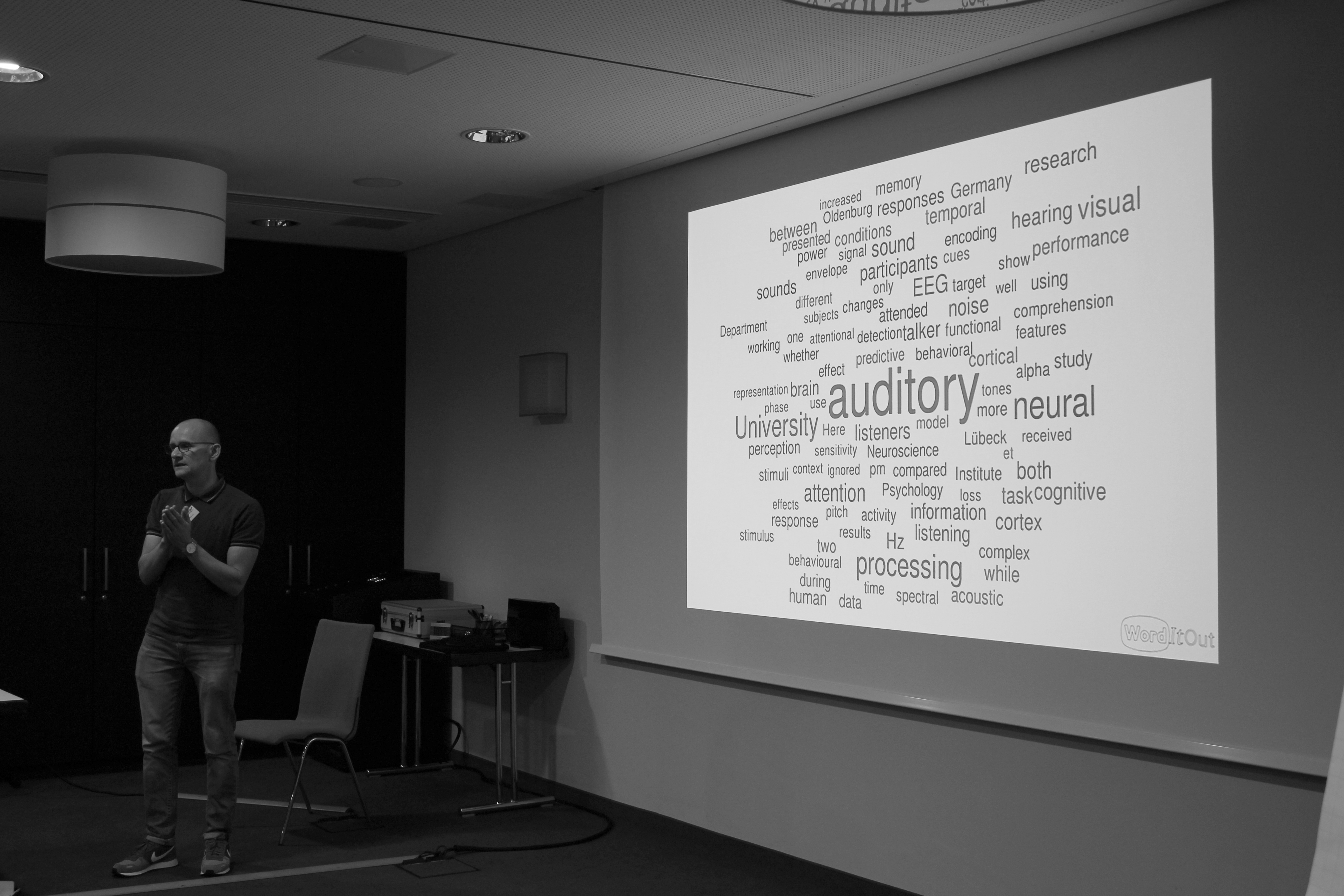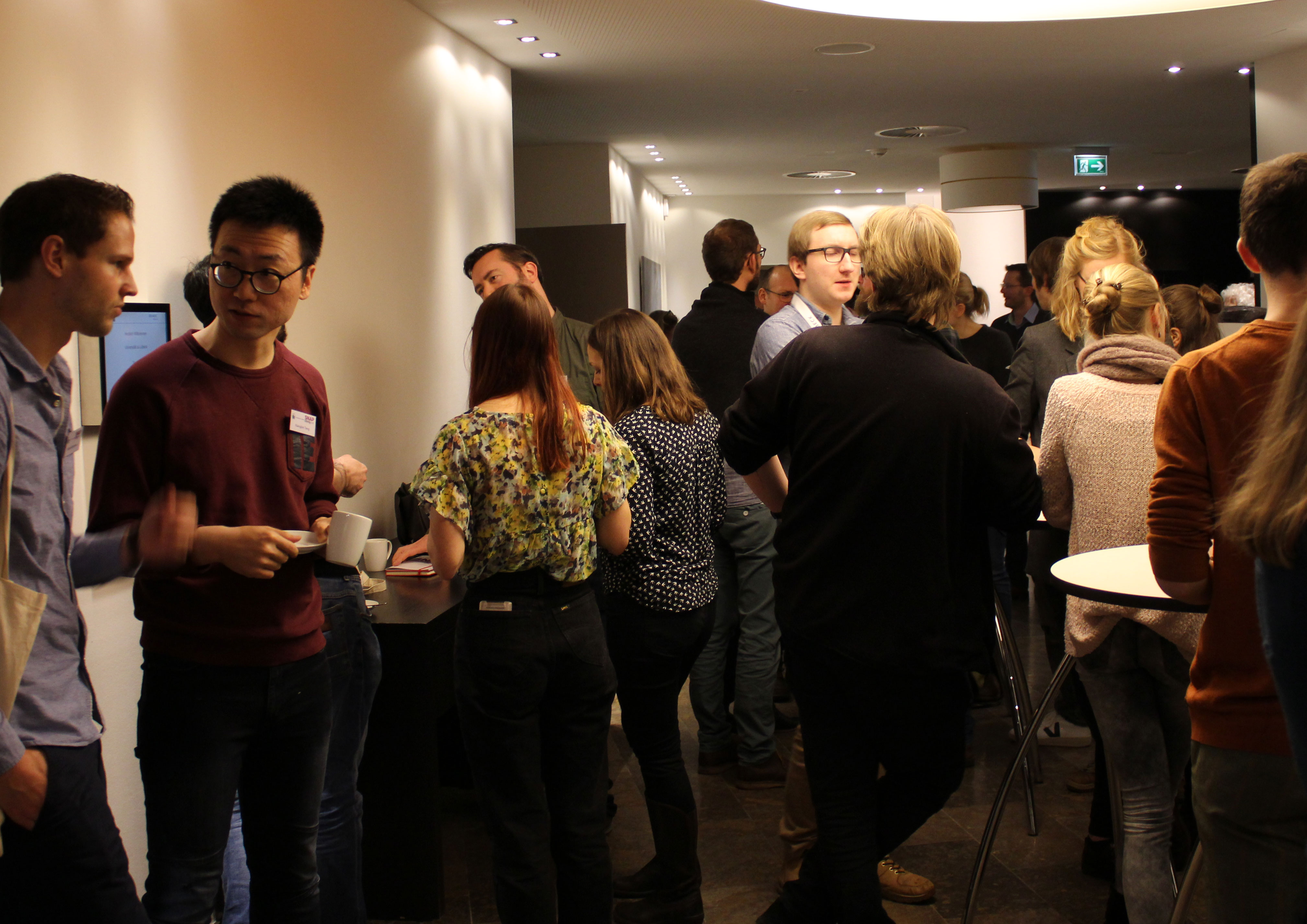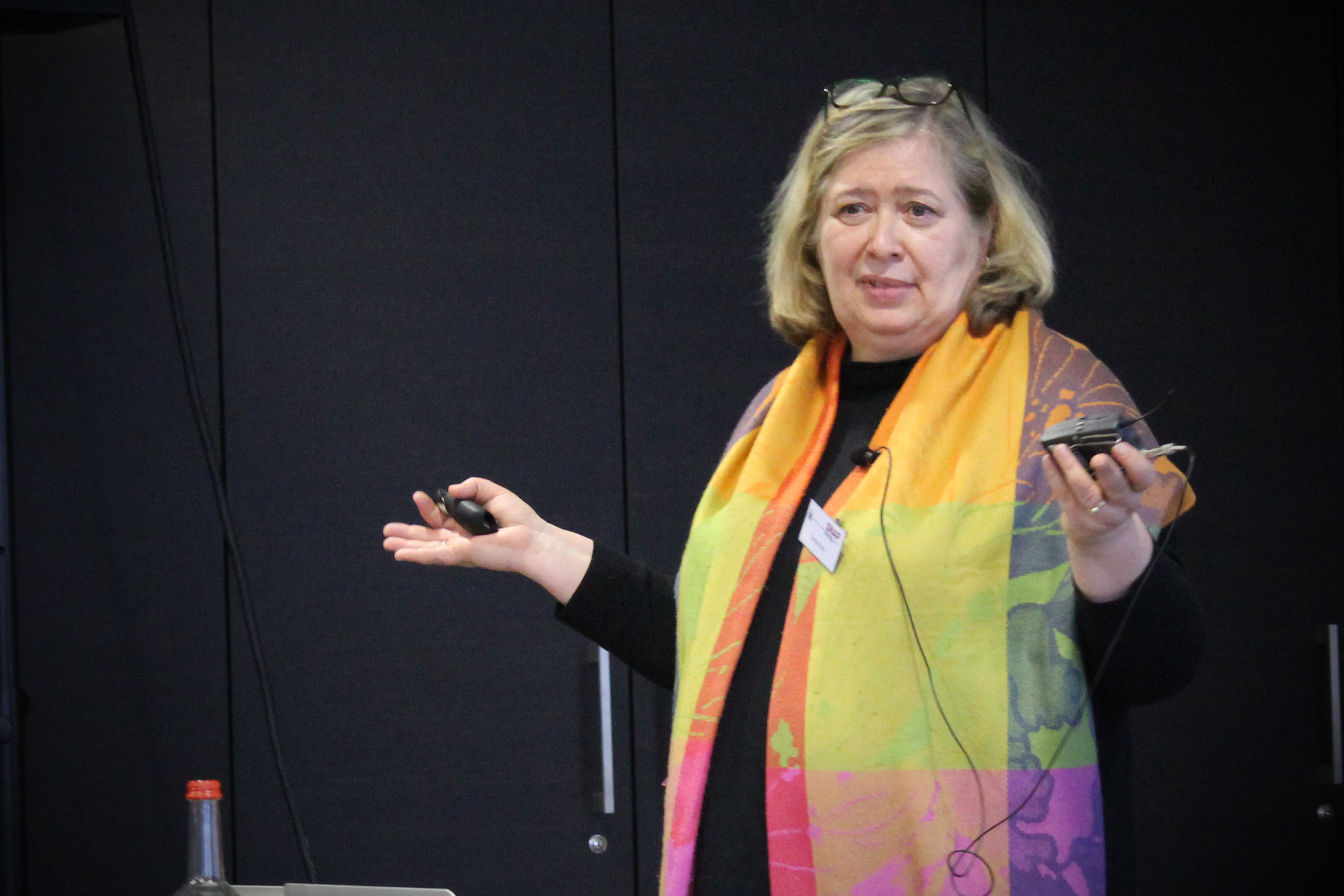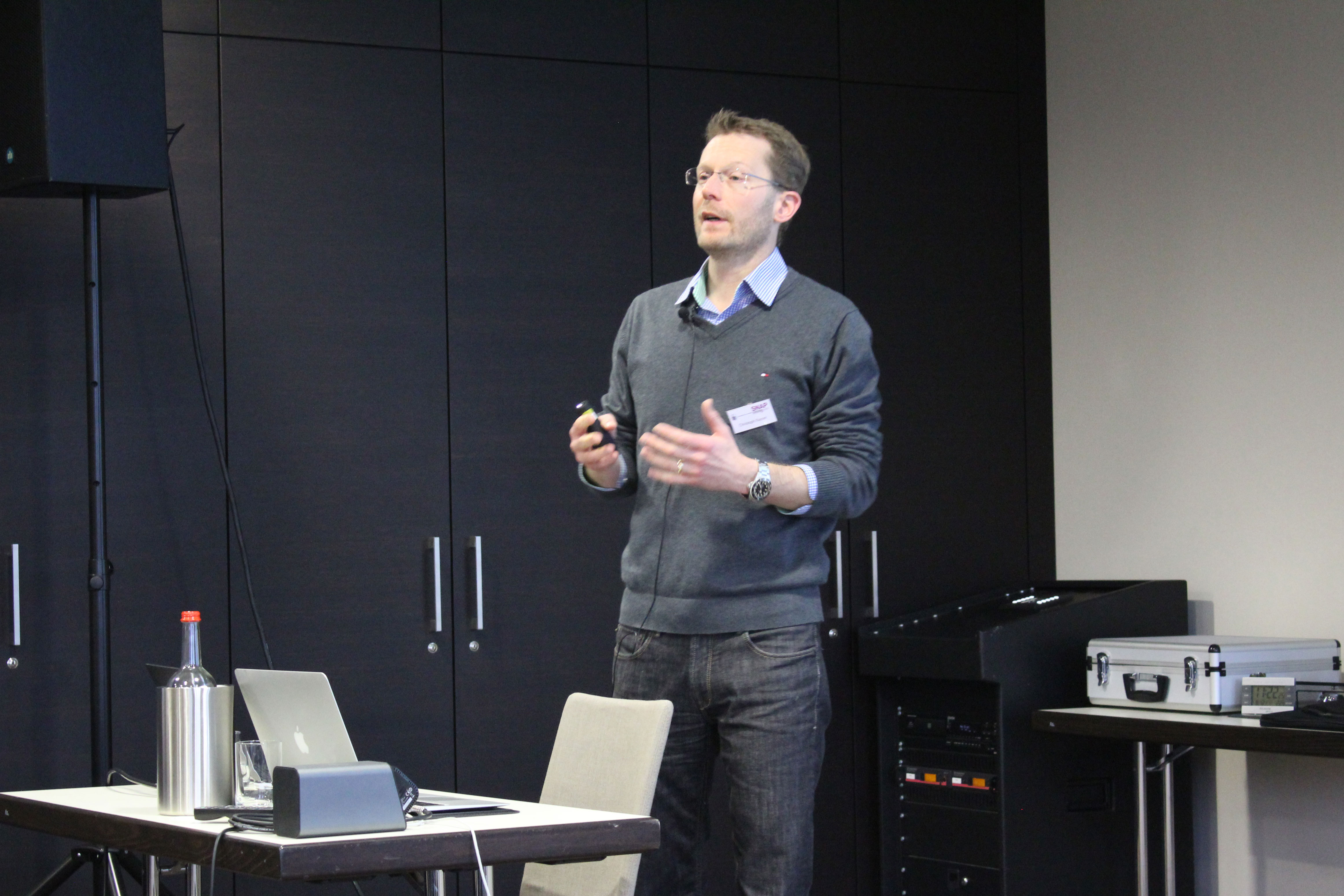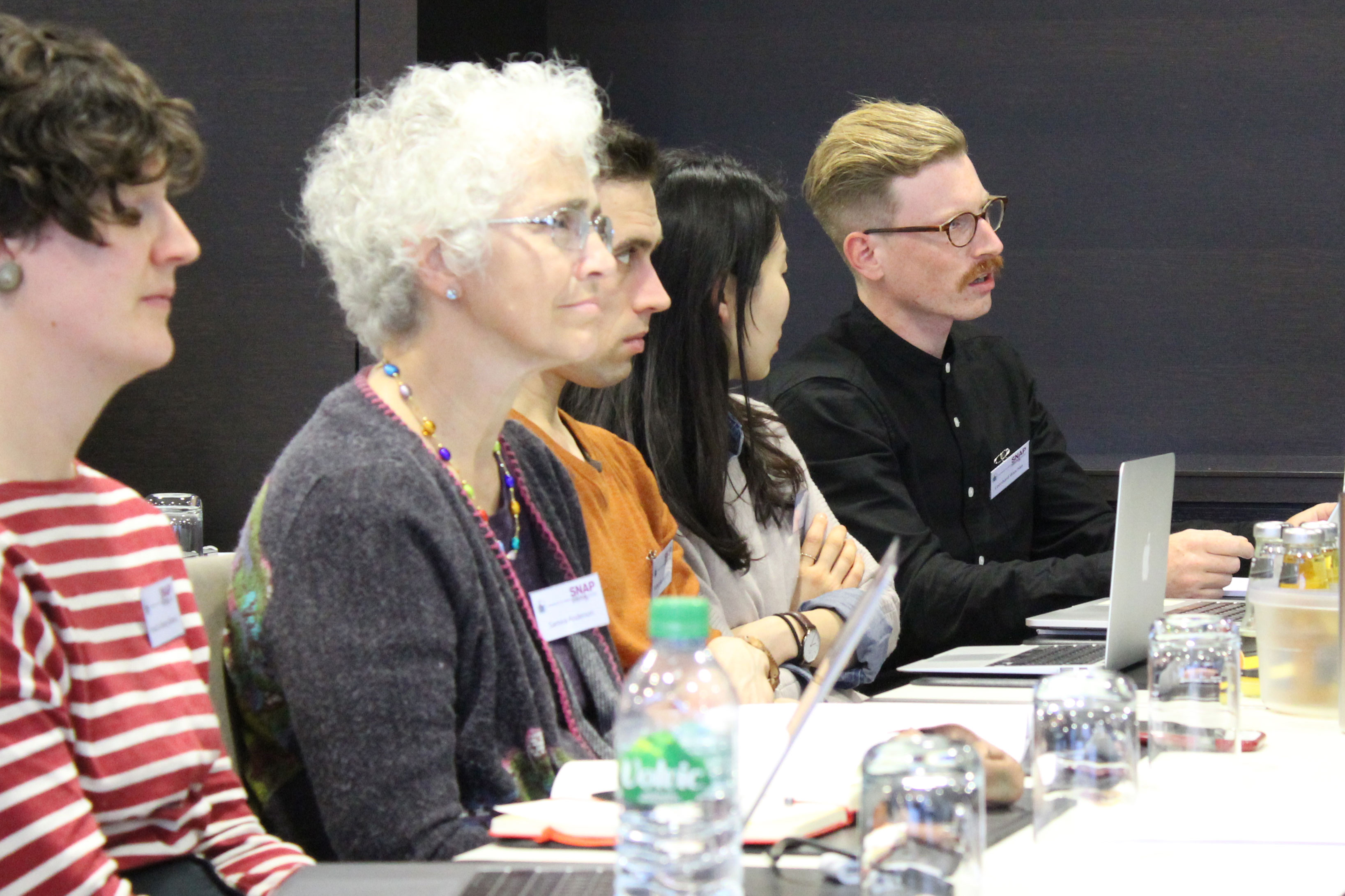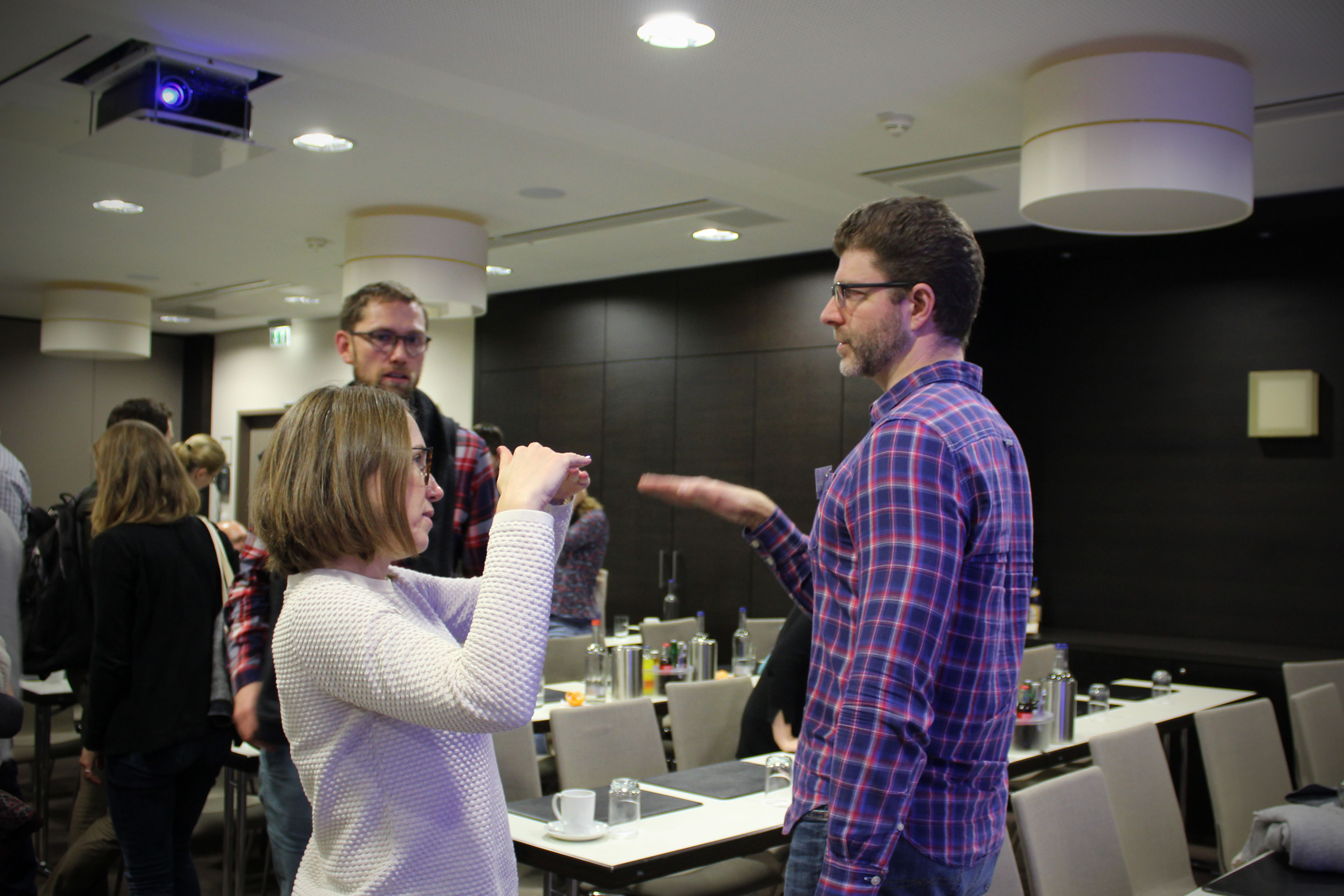During the upcoming meeting of “Psychology and the Brain 2018”, PhD student Leo Waschke will be hosting a symposium on states and traits of neural activity and their functional relevance for perception and ageing. Together with Linda Geerligs (Donders Institute, NL), Marieke Schölvinck (ESI, Frankfurt) and Niels Kloosterman (MPIB, Berlin) he will be addressing fluctuations in brain activity on a host of timescales from milliseconds to minutes. We are looking forward to meeting you in Giessen.
Category: Psychology
AC postdocs Sarah Tune and Malte Wöstmann have a new paper out online in the special issue on Neural Oscillations in the European Journal of Neuroscience! We are excited to share the results from our first study of the ERC-funded project on listening behavior and adaptive control in middle-aged adults. In this study, we asked whether the fidelity of alpha power lateralization would serve as a neural marker of selective auditory attention in the ageing listener. The results of our multivariate approach demonstrate that understanding inter-individual differences is paramount to understanding of the role of alpha oscillations in auditory attention across age.
Tune, S., Wöstmann, W., & Obleser, J. (2018) Probing the limits of alpha power lateralisation as a neural marker of selective attention in middle-aged and older listeners.
Now available online:
http://onlinelibrary.wiley.com/doi/10.1111/ejn.13862/full/
Obleserlab postdoc Mohsen Alavash and Obleserlab Alumna Sung-Joo Lim are in press at Neuroimage!
They argue with data from a placebo-controlled dopaminergic intervention study that BOLD signal variability and the functional connectome are surprisingly clearly affected by L‑Dopa, and (ii) that the degree of change in these metrics can explain the degree to which individuals will profit from L‑DOPA in performing the challenging listening task (while others dont; Preprint here ).
Alavash, M., Lim, S.J., Thiel, C., Sehm, B., Deserno, L., & Obleser, J. (2018) Dopaminergic modulation of hemodynamic signal variability and the functional connectome during cognitive performance. Neuroimage. In press.
— Thanks also and in particular to our colleagues Christiane Thiel of Oldenburg, and Bernhard Sehm and Lorenz Deserno of Leipzig, who helped us made this large-scale L‑DOPA project happen!
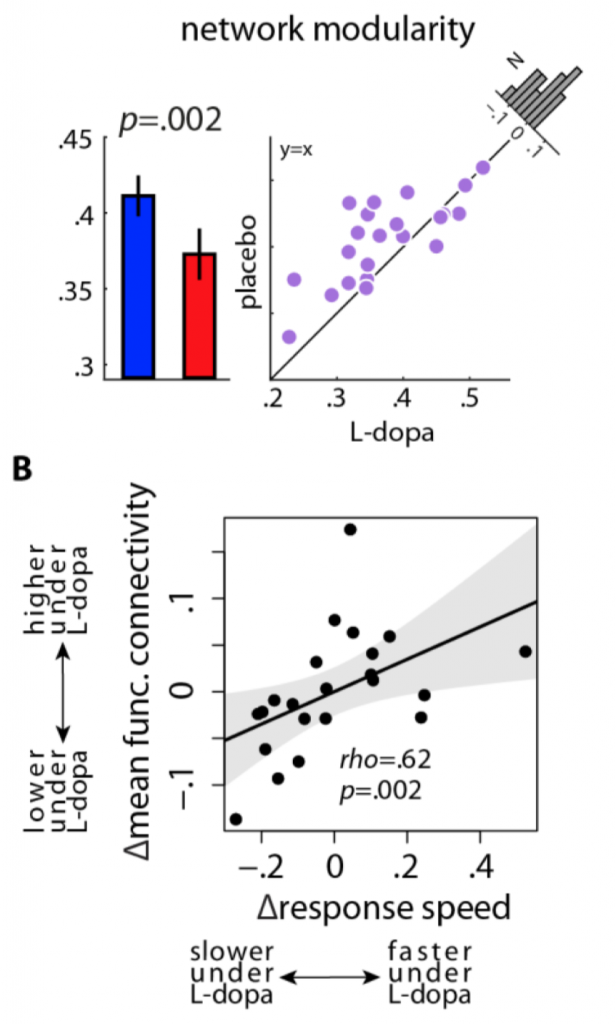
AC alumna Anna Wilsch has a new paper in press in Neuroimage, with Toralf Neuling, Jonas Obleser, and Christoph Herrmann: “Transcranial alternating current stimulation with speech envelopes modulates speech comprehension”. In this proof-of-concept–like paper, we demonstrate that using the speech envelope as a “pilot signal” for electrically stimulating the human brain, while a listener tries to comprehend that speech signal buried in noise, does modulate the listener’s speech–in–noise comprehension abilities.
SNAP 2017 took place on December 8 and 9 in Lübeck, Germany.
Nine internationally esteemed speakers and in total more than sixty researchers from all over Europe, Canada and the US made the second Signal and Noise Along the Auditory Pathway workshop a memorable occasion in auditory neuroscience.
Thanks to everybody for coming out!, and see you all again for SNAP 2019, at a location to be announced.
My colleagues and collaborator Peter Lakatos and Molly Henry and I took to our desks and Matlab consoles, when Assaf Breska and Leon Deouell came out earlier this year with their paper in Plos Biology.
We had a few things to say about what we then perceived as a rather pessimistic assessment of neural entrainment. However, since then a great and quite frutiful discussion has emerged, now published in Plos Biology:
Meanwhile, Breska and Deouell added some more behavioural data and replied to us (now also published).
— Enjoy!
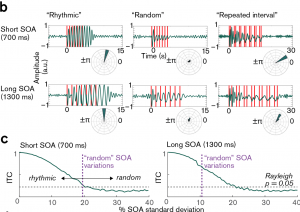
Towards a brain-controlled hearing aid: PhD student Lorenz Fiedler shows how attended and ignored auditory streams are differently represented in the neural responses and how the focus of auditory attention can be extracted from EEG signals recorded at electrodes placed inside the ear-canal and around the ear.
Auditory Cognition’s own Malte Wöstmann is in press in Cerebral Cortex with his latest offering on how attentional control manifests in alpha power changes: Ignoring speech can be beneficial (if comprehending speech potentially detracts from another task), and we here show how this change in listening goals turns around the pattern of alpha-power changes with changing speech degradation. (We will update as the paper becomes available online.)
Wöstmann, M., Lim, S.J., & Obleser, J. (2017). The human neural alpha response to speech is a proxy of attentional control. Cerebral Cortex. In press.



